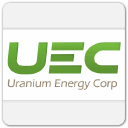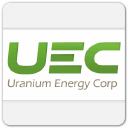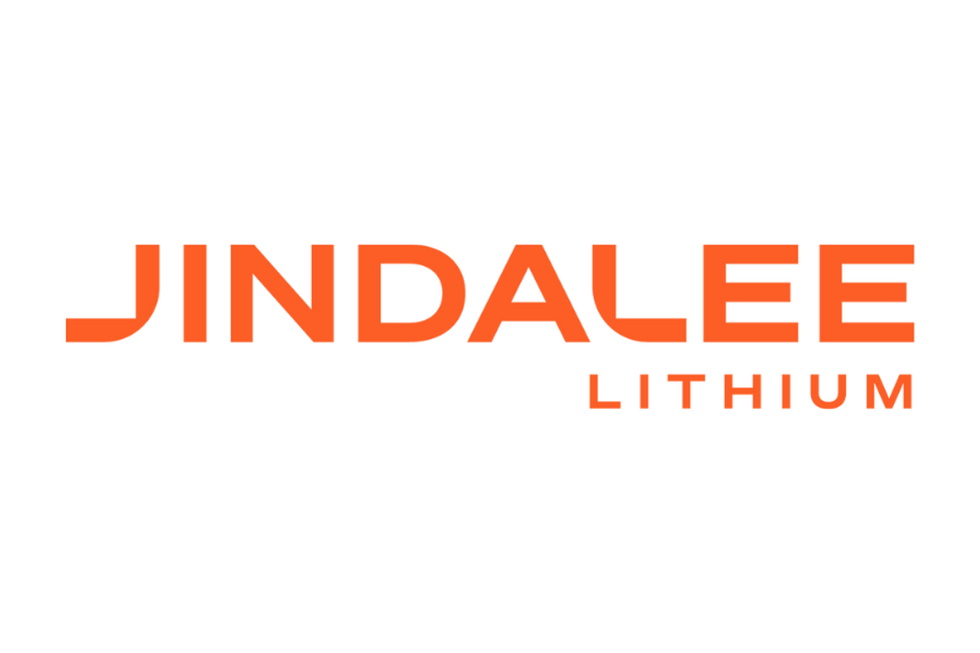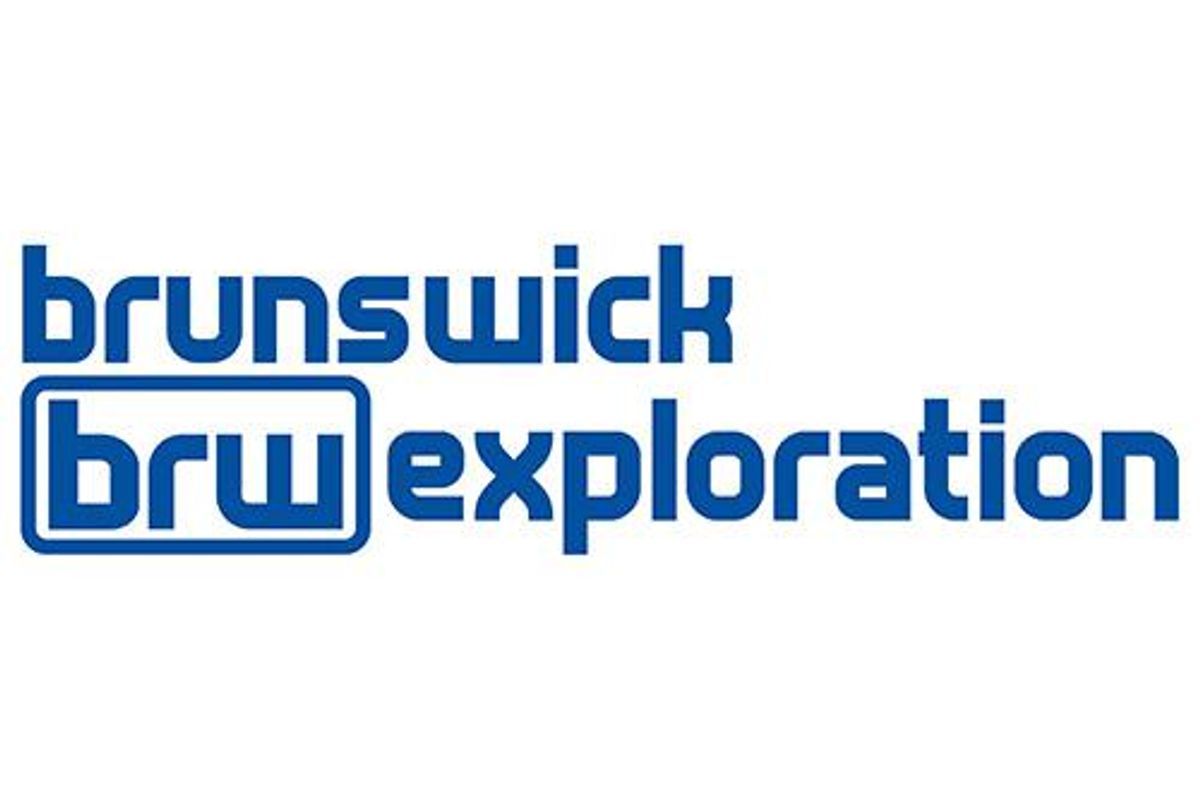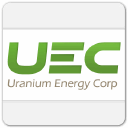
Uranium Energy Corp (NYSE American: UEC) (the " Company " or " UEC ") is pleased to announce the completion of its inaugural Sustainability Report (the "Report"). The Report, which includes the Company's achievements for Fiscal 2022 and plans for Fiscal 2023, is available on the Company website at https:www.uraniumenergy.comsustainability and has been filed with the SEC through EDGAR on Form 8-K.
Amir Adnani , CEO and President stated: "This inaugural Sustainability Report demonstrates our ongoing commitment to the environment, our people, the communities we work in and our high corporate governance standards. Our Environmental, Social and Governance program, launched in 2021, formalizes and builds upon the strong environmental, health and safety record the Company prides itself on. 2022 was a remarkable growth year for UEC as we invested over half billion dollars by making three highly accretive acquisitions, including Uranium One Americas, Inc., UEX Corporation and Rio Tinto's world-class Roughrider Project."
Mr. Adnani continued: "We are particularly pleased with the progress made on measuring our scope 1 and 2 emissions in Texas and achieving carbon neutral status at our Hobson Central Processing Plant. Additionally, our Wyoming reclamation program made great progress that is now in the final regulatory stages of returning 68 acres of in situ-recovery wellfield property to its landowner. Reclamation is an important part of the uranium project lifecycle, ensuring the restoration of affected nature and biodiversity at our project sites."
Mr. Adnani concluded: "Sustainability, accountability, and good stewardship have been central to the way we do business since the Company's founding 18 years ago and will be a foundational value system to support our future ambitions. UEC is powering the clean energy future as a leading supplier of low-cost, environmentally-friendly uranium for the nuclear industry from proven, politically stable resource jurisdictions."
About Uranium Energy Corp
Uranium Energy Corp is the fastest growing supplier of the fuel for the green energy transition to a low carbon future. UEC is the largest, diversified North American focused uranium company, advancing the next generation of low-cost, environmentally friendly In-Situ Recovery ("ISR") uranium projects in the United States and high-grade conventional projects in Canada . The Company has two production-ready ISR hub and spoke platforms located in South Texas and Wyoming . These two production platforms are anchored by fully operational central processing plants and served by seven U.S. ISR uranium projects with all their major permits in place. Additionally, the Company has diversified uranium holdings including: (1) one of the largest physical uranium portfolios of North American warehoused U3O8; (2) a major equity stake in Uranium Royalty Corp., the only royalty company in the sector; and (3) a Western Hemisphere pipeline of resource stage uranium projects. The Company's operations are managed by professionals with decades of hands-on experience in the key facets of uranium exploration, development and mining.
Stock Exchange Information:
NYSE American: UEC
Frankfurt Stock Exchange Symbol: U6Z
WKN: AØJDRR
ISN: US916896103
Safe Harbor Statement
Except for the statements of historical fact contained herein, the information presented in this news release constitutes "forward-looking statements" as such term is used in applicable United States and Canadian securities laws. These statements relate to analyses and other information that are based on forecasts of future results, estimates of amounts not yet determinable and assumptions of management. Any other statements that express or involve discussions with respect to predictions, expectations, beliefs, plans, projections, objectives, assumptions or future events or performance (often, but not always, using words or phrases such as "expects" or "does not expect", "is expected", "anticipates" or "does not anticipate", "plans, "estimates" or "intends", or stating that certain actions, events or results "may", "could", "would", "might" or "will" be taken, occur or be achieved) are not statements of historical fact and should be viewed as "forward-looking statements". Such forward looking statements involve known and unknown risks, uncertainties and other factors which may cause the actual results, performance or achievements of the Company to be materially different from any future results, performance or achievements expressed or implied by such forward-looking statements. Such risks and other factors include, among others, the actual results of exploration activities, variations in the underlying assumptions associated with the estimation or realization of mineral resources, the availability of capital to fund programs and the resulting dilution caused by the raising of capital through the sale of shares, accidents, labor disputes and other risks of the mining industry including, without limitation, those associated with the environment, delays in obtaining governmental approvals, permits or financing or in the completion of development or construction activities, title disputes or claims limitations on insurance coverage. Although the Company has attempted to identify important factors that could cause actual actions, events or results to differ materially from those described in forward-looking statements, there may be other factors that cause actions, events or results not to be as anticipated, estimated or intended. Many of these factors are beyond the Company's ability to control or predict. There can be no assurance that such statements will prove to be accurate as actual results and future events could differ materially from those anticipated in such statements. Accordingly, readers should not place undue reliance on forward-looking statements contained in this news release and in any document referred to in this news release. Important factors that may cause actual results to differ materially and that could impact the Company and the statements contained in this news release can be found in the Company's filings with the Securities and Exchange Commission. For forward-looking statements in this news release, the Company claims the protection of the safe harbor for forward-looking statements contained in the Private Securities Litigation Reform Act of 1995. The Company assumes no obligation to update or supplement any forward-looking statements whether as a result of new information, future events or otherwise. This news release shall not constitute an offer to sell or the solicitation of an offer to buy securities.
![]() View original content to download multimedia: https://www.prnewswire.com/news-releases/uranium-energy-corp-announces-inaugural-sustainability-report-301770911.html
View original content to download multimedia: https://www.prnewswire.com/news-releases/uranium-energy-corp-announces-inaugural-sustainability-report-301770911.html
SOURCE Uranium Energy Corp

![]() View original content to download multimedia: https://www.newswire.ca/en/releases/archive/March2023/14/c1082.html
View original content to download multimedia: https://www.newswire.ca/en/releases/archive/March2023/14/c1082.html

